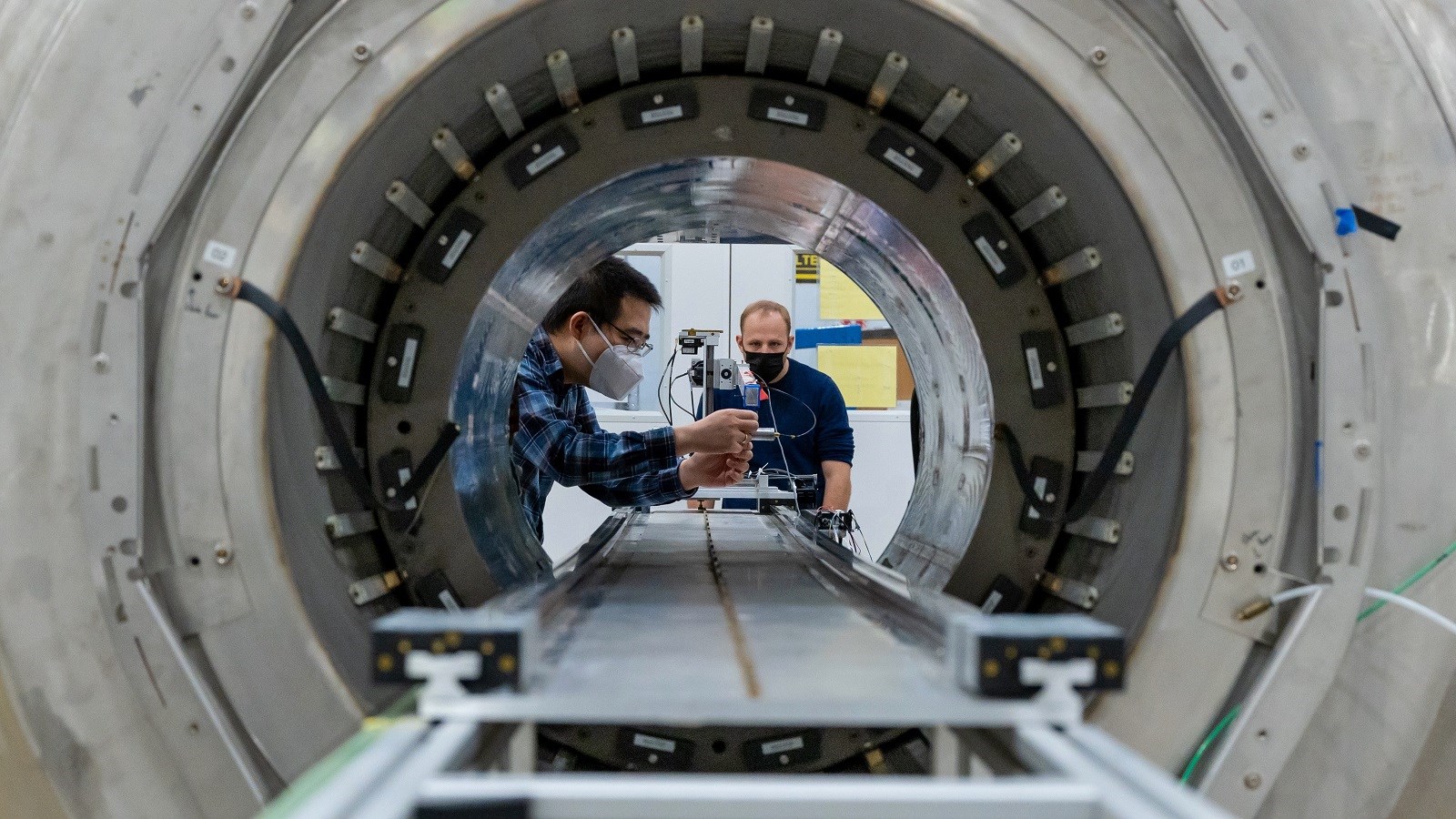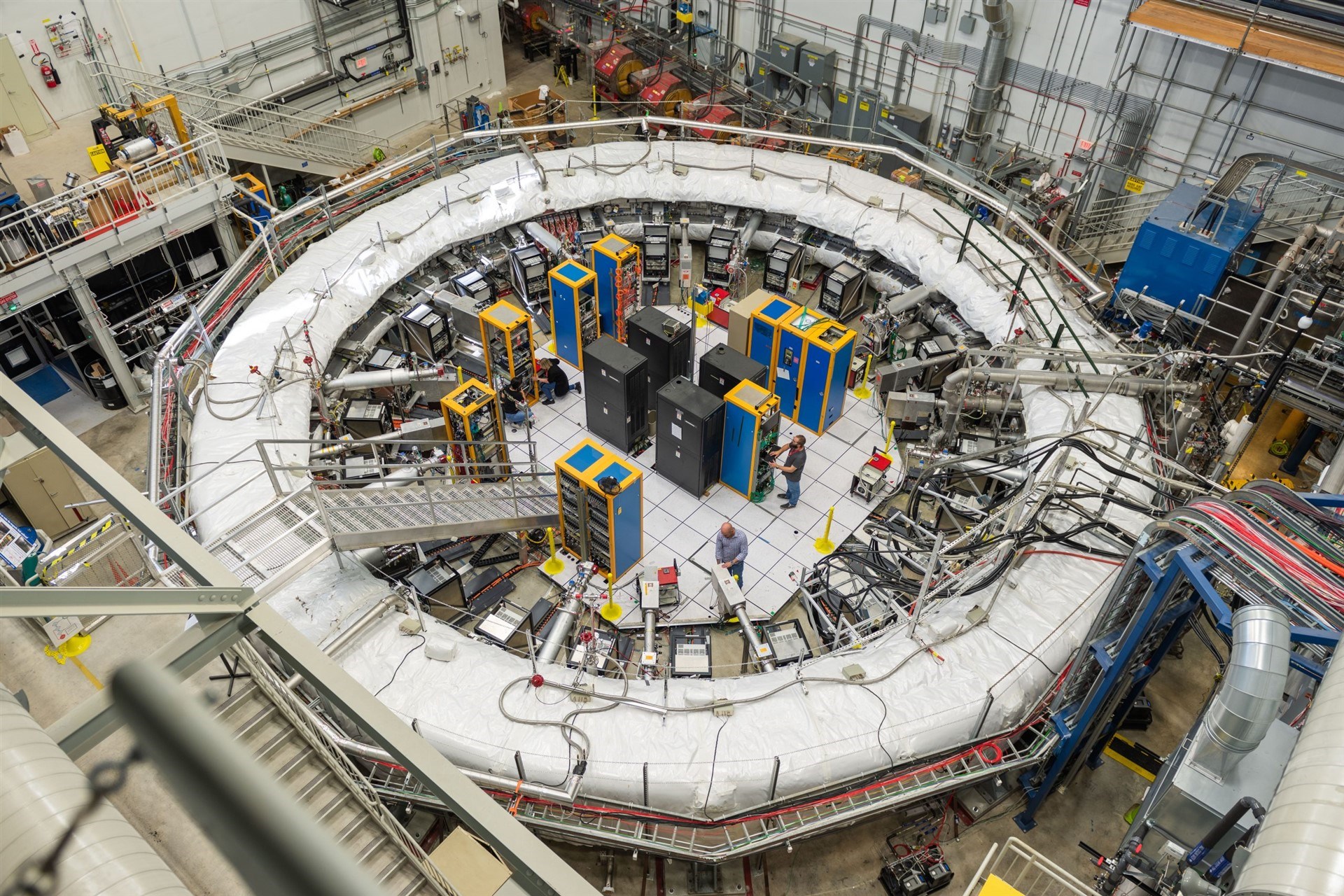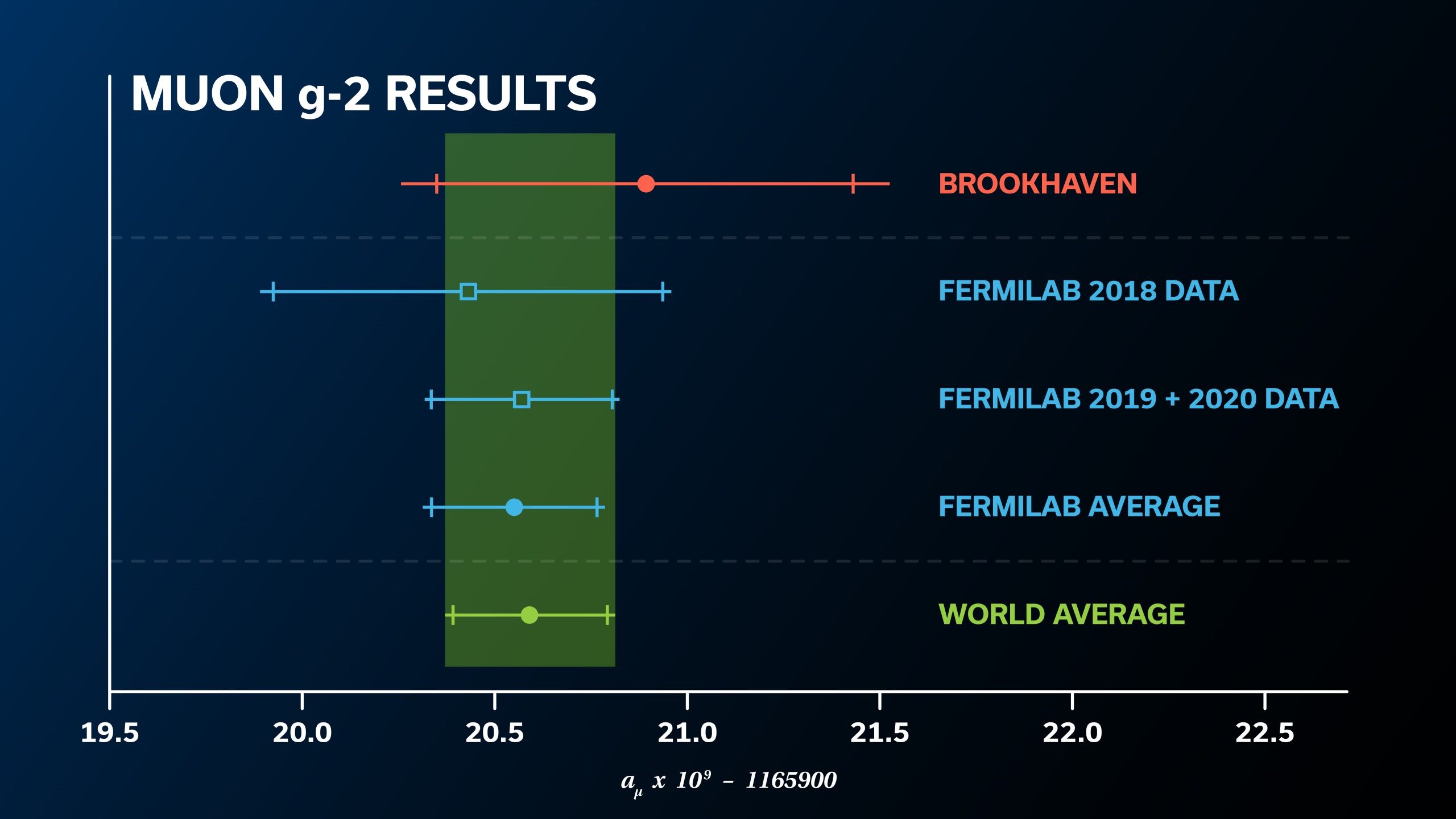 There are four fundamental forces in the universe, accepted by physics and the scientific community, but now scientists at Fermilab say they are very close to discovering the existence of a new force. In their study, the scientists found more evidence that subatomic particles called muons do not behave as predicted by current subatomic physics theory.
There are four fundamental forces in the universe, accepted by physics and the scientific community, but now scientists at Fermilab say they are very close to discovering the existence of a new force. In their study, the scientists found more evidence that subatomic particles called muons do not behave as predicted by current subatomic physics theory.As a result of the study, scientists believe that an unknown force may act on muons. More data will be needed to confirm these results, but if confirmed, it could be the start of a revolution in physics.
fundamental forces in the universe
All the forces we experience every day are actually expressed as four fundamental forces: the gravitational force, the weak nuclear force, the electromagnetic force, and the strong nuclear force. These four fundamental forces determine how all objects and particles in the universe interact with each other. You can also think of these as ‘laws of nature’.
The new findings were obtained at a US particle accelerator facility called Fermilab. The research findings build on results where the Fermilab team first suggested the possibility of a fifth force of nature in 2021. The research team has since collected more data and doubled the uncertainty of their measurements, it said.
In the experiment, which has a catchy name like muon g-2, the researchers accelerate subatomic particles called muons around a 15-meter-diameter ring, circling them about 1,000 times at nearly the speed of light. Researchers have discovered that particles may be behaving in ways that cannot be explained by the current theory, called the Standard Model, due to the influence of a new force of nature.
No definitive proof
 While the evidence is strong, the Fermilab team doesn’t have conclusive evidence yet. Because, due to the developments in theoretical physics, the uncertainty about what the Standard Model’s amount of wobble should be in muons has increased. The researchers believe they will have the data they need and that the theoretical uncertainty will be reduced enough for them to reach their goals within two years. However, a rival team at the Large Hadron Collider (LHC) in Europe hopes to achieve this goal sooner. Thousands of scientists at the LHC have been trying to find flaws and shortcomings in the Standard Model, which has been accepted for over 50 years.
While the evidence is strong, the Fermilab team doesn’t have conclusive evidence yet. Because, due to the developments in theoretical physics, the uncertainty about what the Standard Model’s amount of wobble should be in muons has increased. The researchers believe they will have the data they need and that the theoretical uncertainty will be reduced enough for them to reach their goals within two years. However, a rival team at the Large Hadron Collider (LHC) in Europe hopes to achieve this goal sooner. Thousands of scientists at the LHC have been trying to find flaws and shortcomings in the Standard Model, which has been accepted for over 50 years.Fermilab believes that by combining the results of future experiments and theoretical studies, it can harmoniously explain and reveal potential discoveries of new particles or forces.
So what is the Standard Model?
It is quite natural for you to think about what is the Standard Model and to think why it is so important to obtain an experimental result that does not exactly fit the model’s predictions.
Everything we know exists is made up of atoms, and they are made up of smaller particles. These interact to form the four forces of nature: electricity and magnetism (electromagnetism), the two nuclear forces and gravity.
The behavior of these particles has been perfectly predicted by the Standard Model for fifty years with no errors.
Muons are similar to electrons orbiting atoms and responsible for electric currents, but they are about 200 times larger. In the experiment, they were made to wobble using strong, superconducting magnets. The results show that muons wobble faster than the Standard Model says.
Prof Graziano Venanzoni from the University of Liverpool, one of the project’s lead researchers, says this may be due to a new unknown force: “We think there may be another force that we are not aware of at the moment. It’s something different that we call the ‘fifth force’. This is something different, something we don’t know yet, but it should be important because it says something new about the universe.”
It could be the biggest scientific breakthrough in 100 years
 If the existence of this fifth force is confirmed, we will witness one of the greatest scientific breakthroughs of the century since Einstein’s theory of relativity. For a fifth force and any associated particle cannot be considered an element of the Standard Model of particle physics.
If the existence of this fifth force is confirmed, we will witness one of the greatest scientific breakthroughs of the century since Einstein’s theory of relativity. For a fifth force and any associated particle cannot be considered an element of the Standard Model of particle physics.Researchers know that what they describe as “physics beyond the Standard Model” exists because the current theory cannot explain much of what astronomers observe in space. These include the fact that the expansion of the universe continued to accelerate rather than slow down after the Big Bang. Scientists say this acceleration is driven by an unknown force called dark energy.
Galaxies are also spinning faster than they should, based on our understanding of how much matter is in them. Researchers believe this is due to invisible particles called dark matter, which are also not part of the Standard Model.